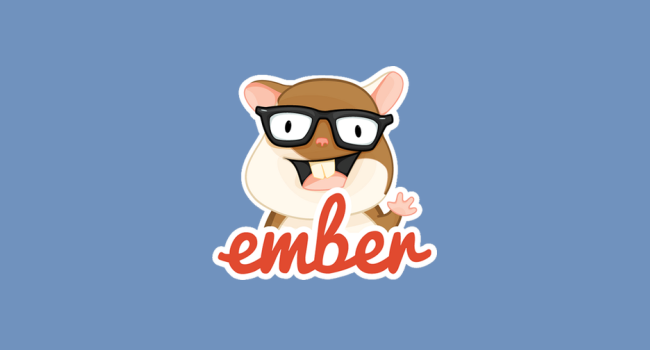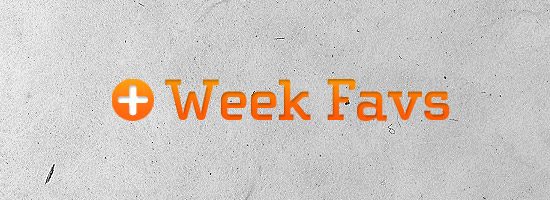JavaScript is the future of Web Development.
It’s official. Even Matt Mullenweg of WordPress decreed it so after the WordCamp at Philadephia in Dec. 2015. And as a web developer who works primarily with WordPress, I had to perform a heel-face turn and embrace JavaScript. I am now happily trying to recreate a theme in AngularJS after pulling the JSON files through WP-API.
Since JavaScript is here to stay, we would all be better off to accept it and find the tools to make our lives easier. This post lists the top ten JavaScript frameworks out there (and the reasons why they are awesome).

Angualr has been around for 7 years, but the developer community began to accept it only in 2014.
The framework is perfect for deep linking and client side form validation. It lets you develop new HTML elements, create and save code snippets as ‘components’ for future purposes.
The more detail oriented developers and debugging fanatics will love it for exhaustive testing features.
It has data-binding, better dependency management, and automatic DOM manipulation. It’s currently the most used JavaScript framework out there: which means a rapidly growing community, as more and more developers are testing the waters and have found it to their liking.
Some complaints regarding insufficient documentation and the weird/wonky, extremely steep learning curve it has.
Tip: Take it up as a pet project, especially if you’re a WordPress developer. With WordPress’ almost finished RESTful APIs and a sleek framework like Angular, you could create masterpieces in no time.
2.Ember.Js

Ember has a cult of its own (figuratively!).
It’s been out there for 5 years and it’s already one of the top 5 most used JS frameworks in existence today.
When you pit it against Angular, Ember fares well for itself: Two way data binding, server-side DOM rendering (it uses the same module as React… we’ll get to that in a moment), automatic updates through Handlebar, and a sizeable community of developers. It’s even slightly easier to learn than Angular as it’s not completely out of the world; it borrows chunks and libraries from other frameworks so most people can find familiarity with this one.
Tip: Without dirty checking, it significantly reduces bottleneck issues in data binding. This makes the framework very suitable for large apps with longer development periods.
3.React.js

React is the trendy, progressive manic pixie dream brought to life 3 years ago by Instagram and Facebook.
This framework is especially known for its incomparable, best in class high-performance UI rendering. It doesn’t have two way data binding, but you get most every other feature you would expect from a modern JS framework.
React’s coup de grace is that it is one of the two known JS frameworks today which supports isomorphic app development: that will certainly give the old-timers a pause. It also has a rapidly (and rabidly) growing community of developers.
Tip: For easily manageable web apps that place a high focus on dynamic interfaces for user-engagement, you can’t go wrong with React.
4.Backbone.js

BackboneJS is very popular with big-cats like Pinterest, Twitter, Pandora Radio, etc.
The framework is Exactly what it says on the tin. BackboneJS is the stripped bare, function-over-form sort of framework which is short in size and simple to use. Like React, it doesn’t have two way data bindings. You’ll need to dig up all the external libraries, which will end up adding to the size.
It’s a lot like jQuery, in terms of the large community of users and loads of extensions that add features to the framework.
Tip: For learners, beginners, and return-to-basics style jigs, Backbone’s your buddy. It could be tedious for larger, more comprehensive app development. But for simple, single page apps it’s pretty fine.
5.Knockout.js

KnockoutJS is easy to use, lightweight, and created without external dependencies.
The framework handles data binding like a pro and works amazingly when used as a library (read: DurandalJS) when you are developing application significantly larger and more complex than single page web apps.
There’s a sizeable community, although it’s very small compared to other frameworks on this list.
Tip: Knockout works well for simple, easily manageable apps that don’t require server-side scripting on developers’ behalf.
6. Skel

Skel is a lean machine.
This vastly underrated framework is actually very focused on front-end aspects and performance optimization with JavaScript. It comes complete with CSS responsive grids and breakpoints, API functions, browser-style normalization components, and more features for a future-friendly, fluid web app development.
Tip: Go with Skel to spice up your next WordPress theme development project.
7.Meteor.js

Meteor is a beauty with brains.
The framework is pretty sharp, with amazing features for faster front-end rendering and the usual back-end development phases. It places additional focus on better database management as a bonus.
Tip: Meteor can be anything you want it to be, thanks to the flexibility. It’s especially useful for production app development.
8.Polymer.js

Polymer is another star child of Google. Think of it as Angular’s younger, friendlier brother.
The framework reminds you of Angular with its concept of using “web components to extend HTML capabilities.” But that’s not all that makes Polymer special.
It’s easier to learn and master, and has the usual features you’d expect from a JS framework today.
Tip: If you are apprehensive about Angular, try Polymer first.
9.Aurelia.Js

Aurelia is sweet, simple, and it works with modular principle, which is always a plus.
The trendy, flexible framework packs a litany of small independent libraries, which can be used to make Aurelia whatever you need her to be for your particular project.
Tip: This is a great framework to tinker with, especially if you have trouble balancing performance and experience.
10.Vue.js

Vue is relatively new… and it’s growing steadily more popular.
The framework itself is leveraged by the big players mentioned earlier in the list (Angular and React, for starters). It works on MVVM model, and has data reactive components and a friendly API arsenal.
Tip: Vue is a good framework to experiment with when learning the new WordPress RESTful API and 3rd party integration.
Endnote
These are the top ten frameworks for JavaScript. And regardless of how they are ordered, not one of them is better than the other. It all boils down to the project’s requirements and personal preferences (simplicity over feature-filled packages for instance).



Developers Toolkit: Top JavaScript Frameworks – Internet and Tecnnology Answers for Geeks
[…] by /u/lucyberrette [link] […]
Alvina Davis
I would love to add sencha Ext.js for sexy looking MVC solutions, as well as Node.JS for Event driven solutions… I guess the list could be endless and would chnage every year…
Alamia @ clipping path service
I like Ember.Js, thank you so much for article
Gavin
Great collection.